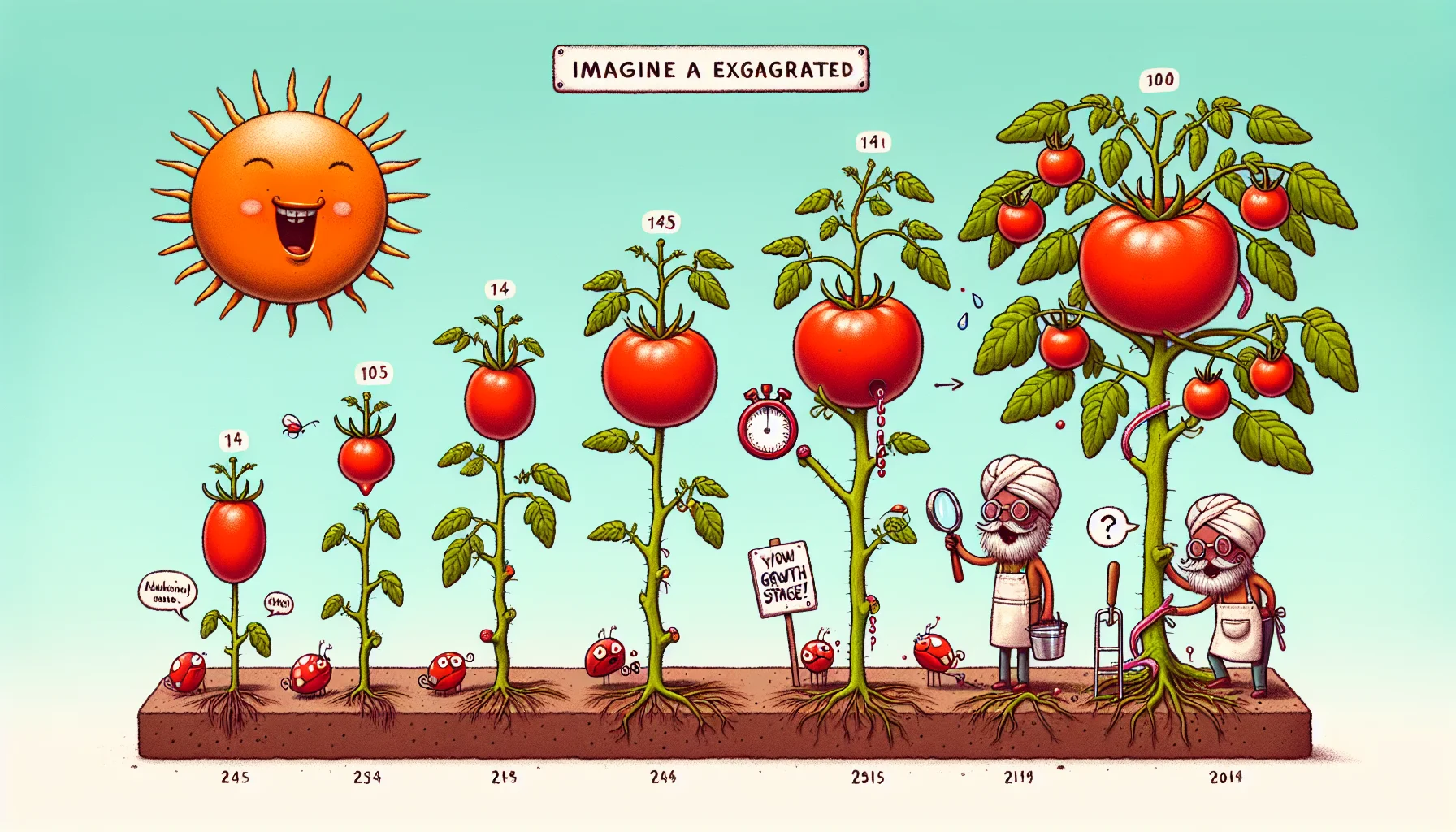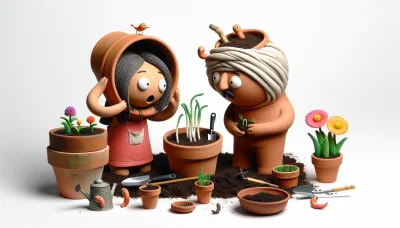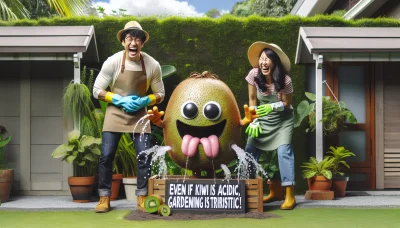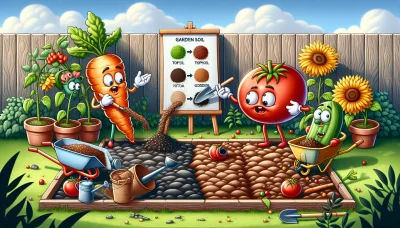How long for tomatoes to grow Quiz
Test Your Knowledge
Question of
How Long Does It Take for Tomatoes to Grow?
Tomatoes, a favorite in many gardens, require a certain period from planting to harvesting. Generally, from the time you plant the seeds, it takes about 6 to 8 weeks for the plants to reach transplant size. Once transplanted outdoors, it typically takes about 60 to 80 days for most varieties to produce ripe fruit. This timeline can vary based on factors such as tomato variety, local growing conditions, and whether you're starting from seeds or seedlings. Therefore, from seed to harvest, you're looking at approximately 3 to 4 months for the complete growth cycle of a tomato plant.
Understanding the Tomato Growth Cycle
- Germination
- Seedling
- Flowering
- Fruiting
Factors Affecting Tomato Growth Time
Several factors can significantly influence the time it takes for tomatoes to grow, ranging from the variety of the tomato to the climate and care it receives. Different varieties of tomatoes have varying growth periods; for instance, cherry tomatoes may ripen faster than larger beefsteak varieties. The climate plays a crucial role as well, with tomatoes generally thriving in warmer conditions and requiring a specific range of temperatures to grow optimally. Care, including proper watering, fertilization, and pest control, is also essential for healthy growth and can affect how quickly tomatoes reach maturity. Understanding and managing these factors can help gardeners achieve a successful and timely harvest.
Choosing the Right Tomato Variety
| Variety | Growth Time |
|---|---|
| Cherry | 50-55 days |
| Heirloom | 80-100 days |
| Beefsteak | 85-90 days |
Caring for Your Tomato Plants
Watering
- Water deeply once a week to encourage deep root growth.
- Avoid overhead watering to reduce the risk of disease.
- Use a drip irrigation system or soaker hose for best results.
- Mulch around the plants to retain moisture and control soil temperature.
Fertilizing
- Start with a balanced fertilizer at the time of planting.
- Switch to a phosphorus-rich fertilizer once fruit sets.
- Avoid over-fertilizing, which can lead to lush foliage but poor fruit production.
- Compost or well-rotted manure can be a good organic option for fertilizing.
Pruning
- Remove suckers that grow in the axils of leaves to encourage more fruit production.
- Prune lower leaves to prevent soil-borne diseases from splashing up on them.
- Thin out dense foliage to improve air circulation.
- Support plants with stakes or cages to keep them upright and promote healthy growth.
Common Challenges in Growing Tomatoes
Gardeners often face several challenges when trying to grow tomatoes, which can affect the health and productivity of the plants. One of the most common issues is pests, such as aphids, tomato hornworms, and whiteflies, which can damage the plants by feeding on the leaves or fruit. Diseases like blight, fusarium wilt, and tomato mosaic virus can also significantly impact tomato plants, leading to yellowing leaves, stunted growth, and even plant death. Additionally, nutrient deficiencies, particularly a lack of essential elements like nitrogen, phosphorus, and potassium, can hinder the growth and fruit production of tomato plants. Ensuring a balance of these nutrients through proper fertilization is crucial for healthy tomato plants.
Harvesting Your Tomatoes
Knowing when your tomatoes are ripe and ready to harvest is crucial for enjoying their best flavor and texture. A ripe tomato will have a deep, uniform color, whether red, yellow, pink, or purple, depending on the variety. It should feel firm but yield slightly to gentle pressure. Additionally, the fruit should easily detach from the stem with a light twist. For picking, gently grasp the tomato and twist it until it snaps off the vine, or use a pair of clippers to cut it free. Once harvested, store your tomatoes at room temperature away from direct sunlight to preserve their taste and prevent them from becoming mealy. If you have unripe tomatoes, you can place them in a paper bag with a banana or apple to speed up the ripening process. Remember, never refrigerate fresh tomatoes, as this will drastically reduce their flavor and texture.












